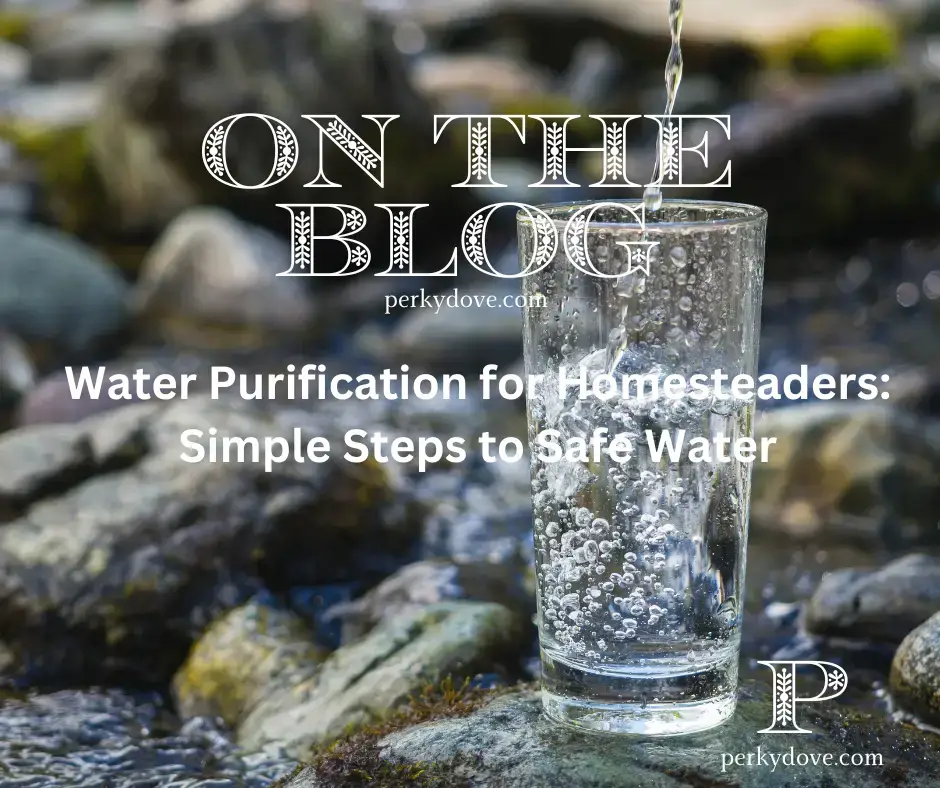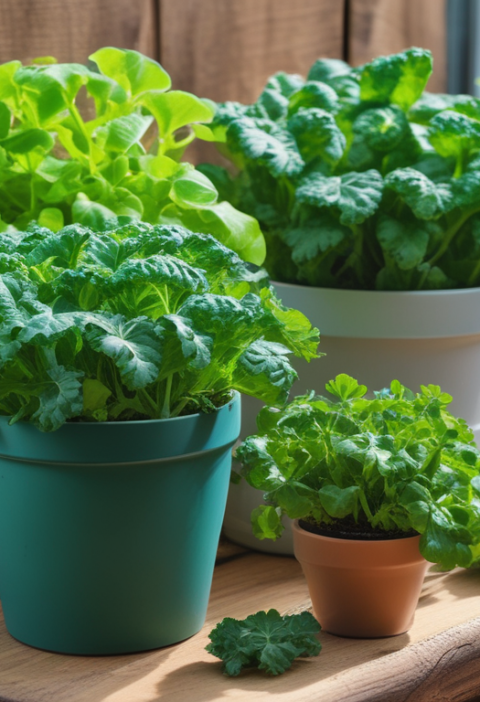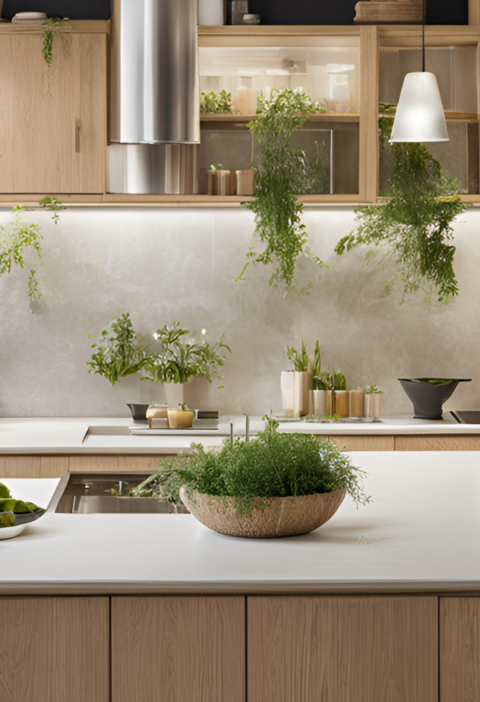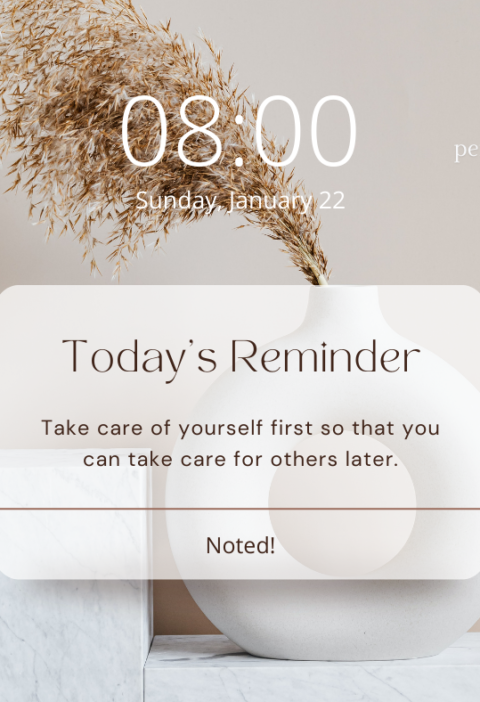Access to clean, safe drinking water is a fundamental need, especially for homesteaders who rely on natural water sources. Whether you’re drawing water from a well, a stream, or collecting rainwater, ensuring that your water is free from contaminants is essential. This guide will walk you through the key methods of water purification that every homesteader should know, providing peace of mind and a steady supply of potable water.
Varify 17 in 1 Complete Drinking Water Test Kit - 100 Strips + 2 Bacteria Tester Kits - Well, Tap, Home, City Water Testing Strip for Lead, Alkaline, Chlorine, Hardness, Iron, Fluoride, Copper & M...
Why Water Purification is Essential
Water from natural sources often contains contaminants such as bacteria, viruses, parasites, chemicals, and sediment. Consuming untreated water can lead to serious health issues, making water purification a critical skill for anyone living off the land. By purifying your water, you not only protect your health but also enhance the self-sufficiency of your homestead.
Understanding Water Contaminants
Before diving into purification methods, it’s important to understand the types of contaminants that can be present in untreated water:
- Biological Contaminants: Bacteria, viruses, and parasites can cause illnesses ranging from mild stomach discomfort to severe diseases.
- Chemical Contaminants: Pesticides, herbicides, and industrial chemicals can seep into water sources, posing long-term health risks.
- Physical Contaminants: Sediment, dirt, and debris may not be harmful but can affect the taste and appearance of water.
Top Water Purification Methods for Homesteaders
1. Boiling
One of the simplest and most effective methods for purifying water is boiling. By bringing water to a rolling boil for at least one minute, you can kill most bacteria, viruses, and parasites. While boiling doesn’t remove chemical contaminants, it’s an excellent way to ensure biological safety.
Steps to Boil Water:
- Fill a pot with water and heat it over a stove or open flame.
- Once the water reaches a rolling boil, continue boiling for at least one minute.
- Let the water cool before using it.
Camp Chef Mountain Series Everest 2X - High Output Two-Burner Camp Stove - Lid Doubles as Windscreen - Portable Cooking Stove - For Outdoor Cooking - 20,000 BTU Burners - 215 Sq In Cooking Area
2. Filtration
Filtration removes physical contaminants and can also reduce some chemical impurities. Various types of filters are available, from simple charcoal filters to more complex multi-stage systems that can eliminate bacteria and viruses.
Pump Filters: Ideal for purifying water on the go, pump filters are portable and effective at removing pathogens.
Gravity Filters: These use gravity to pull water through a filter, removing contaminants without electricity.
System 2.25 Gallon with 2 Authentic Black Berkey Elements BB9-2 Filters
Under-Sink Filters: Installed under your kitchen sink, these filters provide a steady supply of purified water for household use.
3. Distillation
Distillation involves heating water to create steam, which is then collected and condensed back into liquid form. This process effectively removes biological contaminants and most chemicals, though it requires more energy and time compared to other methods.
How to Distill Water:
- Heat water in a pot until it produces steam.
- Capture the steam using a lid or a specially designed distillation device.
- Allow the steam to cool and condense into a separate container.
4. UV Purification
Ultraviolet (UV) purification uses UV light to destroy the DNA of harmful microorganisms, rendering them harmless. While this method doesn’t remove physical contaminants or chemicals, it’s highly effective against bacteria, viruses, and parasites.
Using a UV Purifier:
- Collect water in a clean container.
- Submerge the UV purifier in the water and turn it on.
- Stir the water gently to ensure even exposure to the UV light.
- Follow the manufacturer’s instructions for exposure time.
5. Chemical Treatment
Chemical treatments, such as iodine tablets or chlorine drops, are another method of purifying water. These chemicals kill harmful microorganisms but may leave an aftertaste. It’s a quick and portable option, particularly useful in emergency situations.
Steps for Chemical Treatment:
- Add the recommended amount of chemical (tablet, drop, or powder) to the water.
- Stir well to ensure even distribution.
- Let the water sit for the required time, usually 30 minutes to an hour, before drinking.
Common Mistakes to Avoid
- Skipping Pre-Filtration: Always remove large debris and sediment before purifying water, as this can clog filters and reduce the effectiveness of other methods.
- Overlooking Contaminants: Ensure you choose the right purification method for the specific contaminants in your water source.
- Inadequate Treatment Time: Be patient and allow sufficient time for the purification process to work, whether you’re boiling, filtering, or using chemicals.
Tips for Successful Water Purification
- Test Your Water: Before choosing a purification method, consider testing your water to identify the specific contaminants present.
- Use Multiple Methods: For added safety, use a combination of purification methods, such as filtration followed by UV treatment.
- Maintain Your Equipment: Regularly clean and replace filters, and ensure your purification devices are in good working order.
Portable and Effective Water Purification Solution for Camping, Hiking, Emergencies, Natural Disasters and International Travel, Two 50ct Bottles, Blue
Applications of Purified Water
- Daily Consumption: Purified water should be used for all drinking, cooking, and hygiene purposes to protect your health.
- Gardening: While plants can often tolerate untreated water, using purified water for sensitive plants can prevent the spread of soil-borne diseases.
- Animal Care: Ensure your livestock and pets also have access to clean, purified water to maintain their health and productivity.
For Hiking, Camping, Travel, and Emergency Preparedness, 1 Pack, Blue
Conclusion
Water purification is a critical skill for homesteaders, ensuring a reliable supply of safe drinking water regardless of your source. By understanding the various methods and choosing the one that best suits your needs, you can protect your health and enhance the sustainability of your homestead. Remember to stay informed, maintain your equipment, and always prioritize safety when it comes to water.
Ready to Secure Your Water Supply?
Taking control of your water quality is a crucial step in building a self-sufficient homestead. Whether you’re preparing for emergencies or simply want to ensure the safety of your family’s drinking water, now is the time to put these purification methods into practice. Don’t wait until it’s too late—start purifying your water today and enjoy peace of mind knowing your water is safe, clean, and ready for any situation. Explore our recommended products to get started, and take the first step toward a safer, more resilient homestead.












